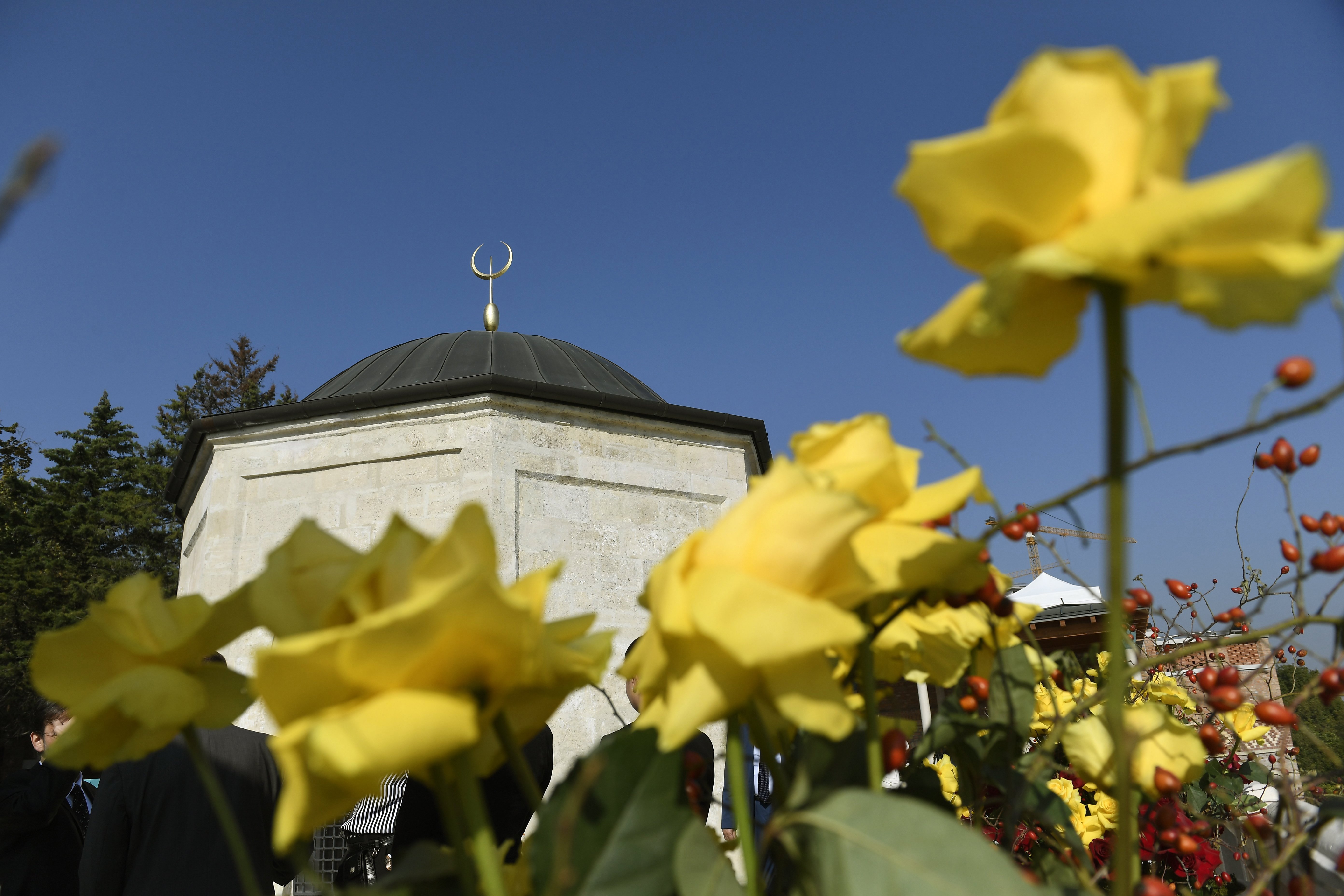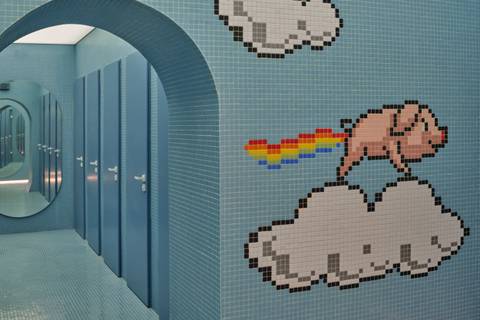Budapest’s most sacred landmark from the Ottoman era has just been reopened after a major overhaul. The revamped Tomb of Gül Baba, ceremonially unveiled by the national leaders of Hungary and Turkey, will be accessible to the general public from tomorrow, Thursday, 11 October. Surrounding it, newly landscaped gardens correlate with the legend of this 16th-century Turkish dervish saint, nicknamed ‘The Father of the Roses’. In turn, Gül Baba unwittingly lent his name to the hill his statue now overlooks, Rózsadomb, an exclusive residential district of Buda.
Once a charmingly dilapidated vantage point for strolling couples, the Tomb of Gül Baba remained a place of pilgrimage for Bektashi Muslims, part-renovated by the Turkish government in the 1990s. The current reconstruction, again part-financed from Istanbul, was instigated in 2016.
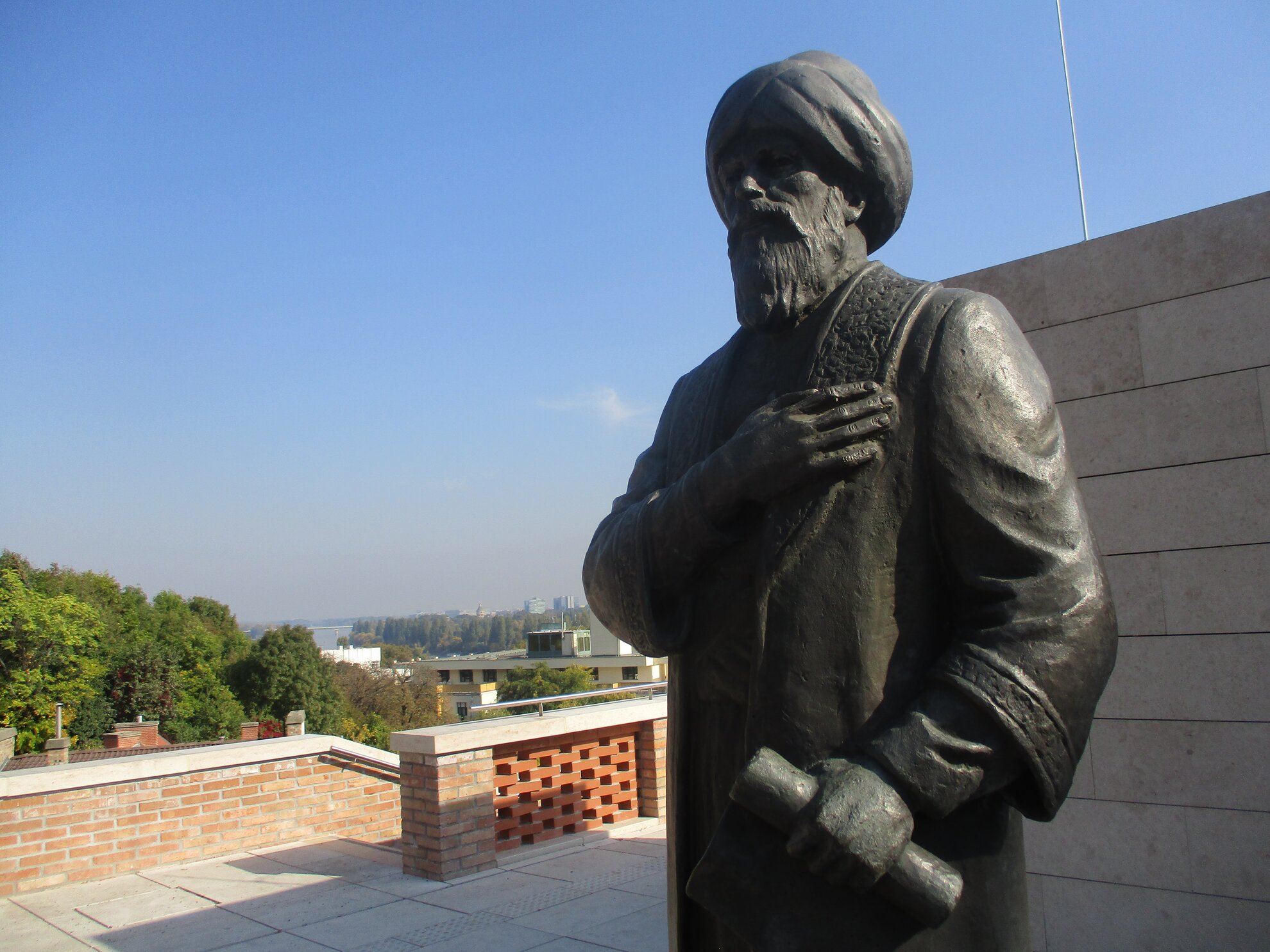
According to a row of large plaques now displayed in English, Hungarian and Turkish, we came to know about Gül Baba thanks to the Evliya Tselebi in 1663. In his writings, this Turkish traveller venerated his compatriot Gül Baba, who had died a century before. An accomplice of Sultan Süleyman the Magnificent, ruler when the Ottoman Empire was at its height, Gül Baba was a poet and philosopher who may have introduced roses to Hungary.
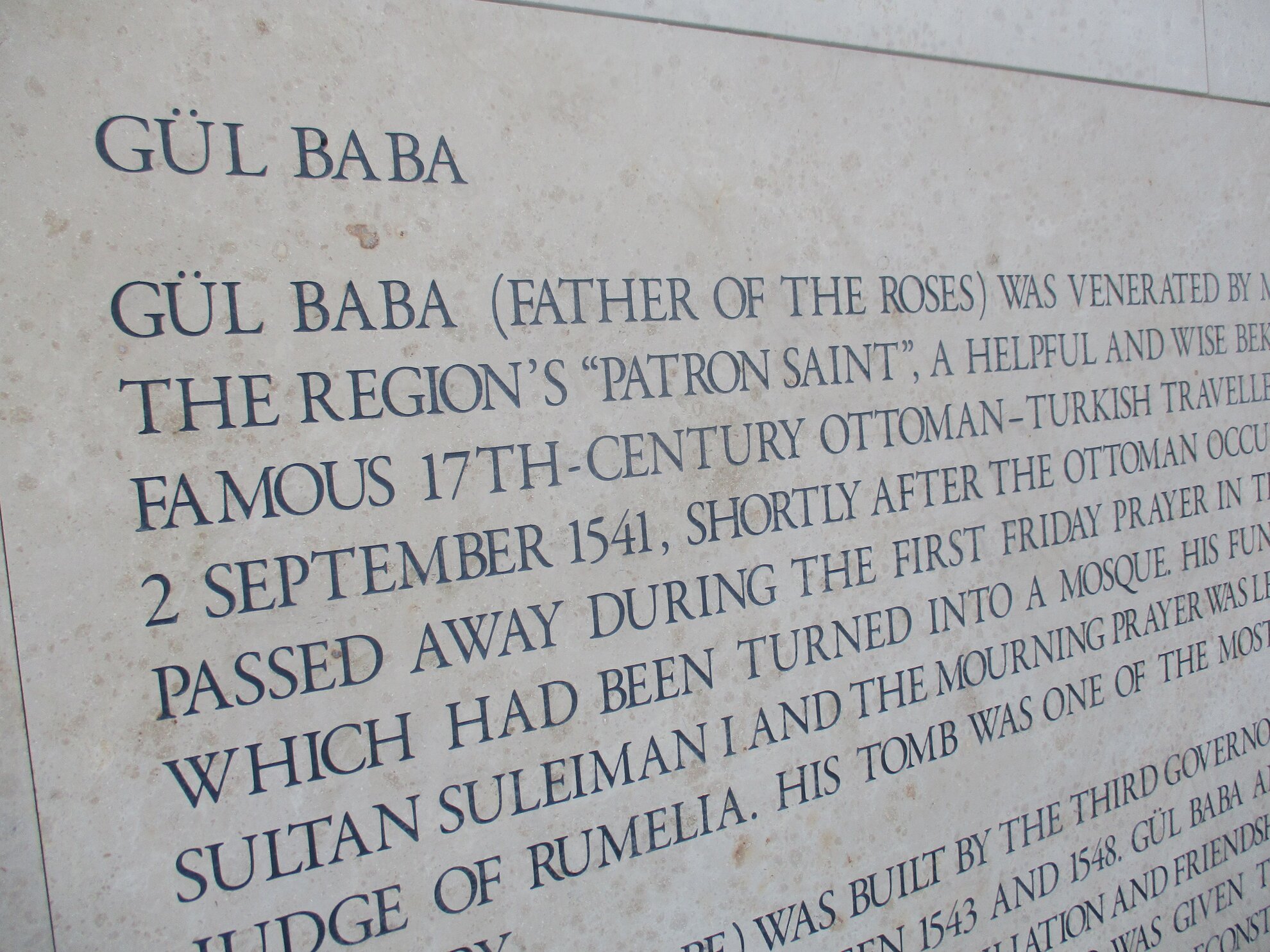
Süleyman is said to have attended the poet’s funeral in Buda after his untimely death on 2 September 1541, days after the Turkish conquest of Buda. Later that same decade, Mehmed, the third governor of Buda, built a mausoleum for Gül Baba’s tomb. Its octagonal shape echoes historic bathhouses such as the Rudas and the Király in lower Buda. Its entrance faces east.
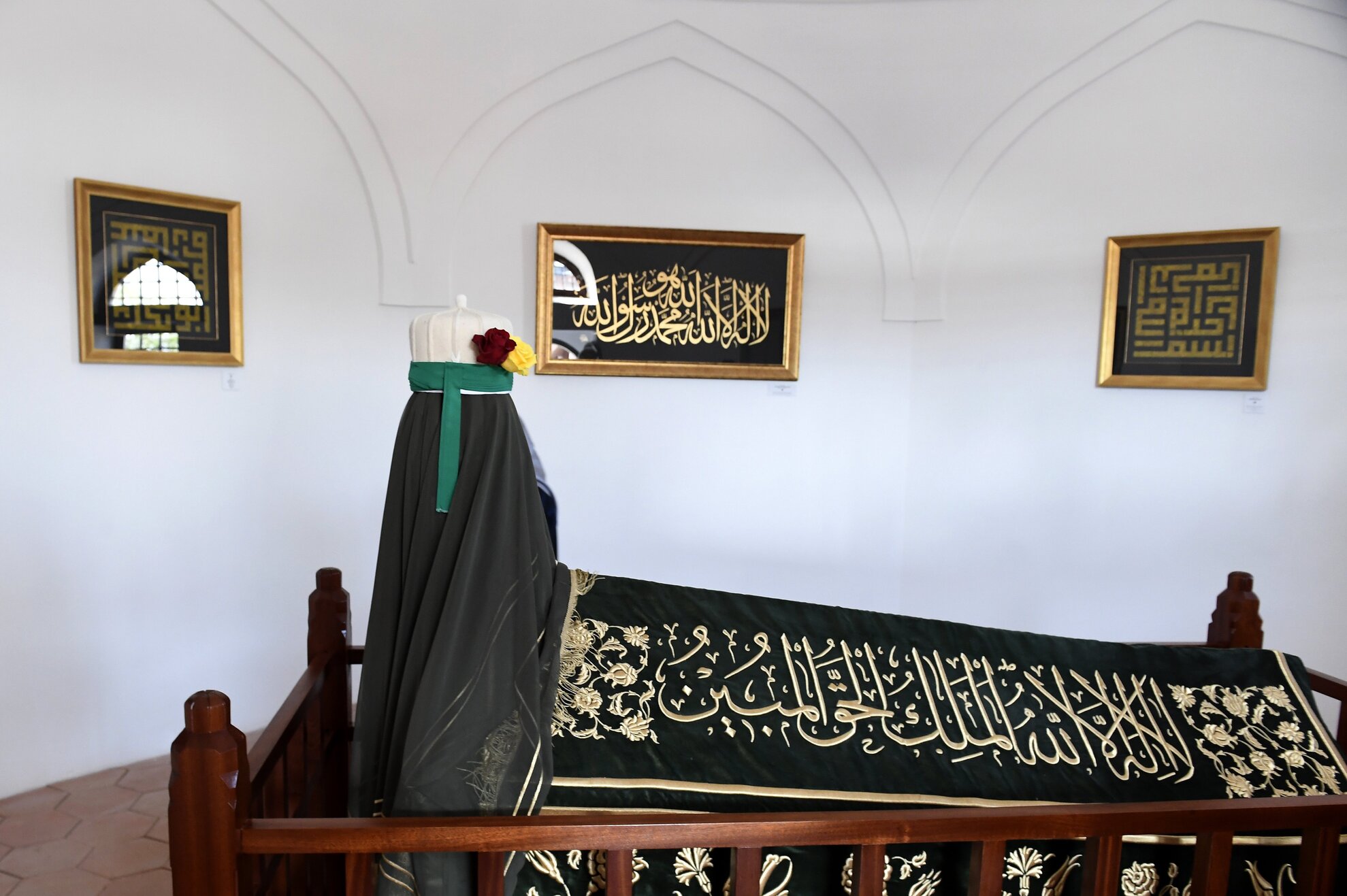
The Arabic script decorating the coffin is now clearly visible – Turkish switched to the Roman alphabet in the 20th century. Up a short flight of steps, through a gate centrepieced by the shape of a crescent moon, stands a statue of Gül Baba himself, facing away from the Danube beckoning on the horizon.

As you approach from Mecset utca (‘Mosque Street’), near the Buda foot of Margaret Bridge, you soon notice the newly paved staircase leading up to the site. Through the entrance, you are greeted by stepped terracing filled with plants, lavender, magnolias and roses. Benches allow you to take in the view and nearly 500 years of history.
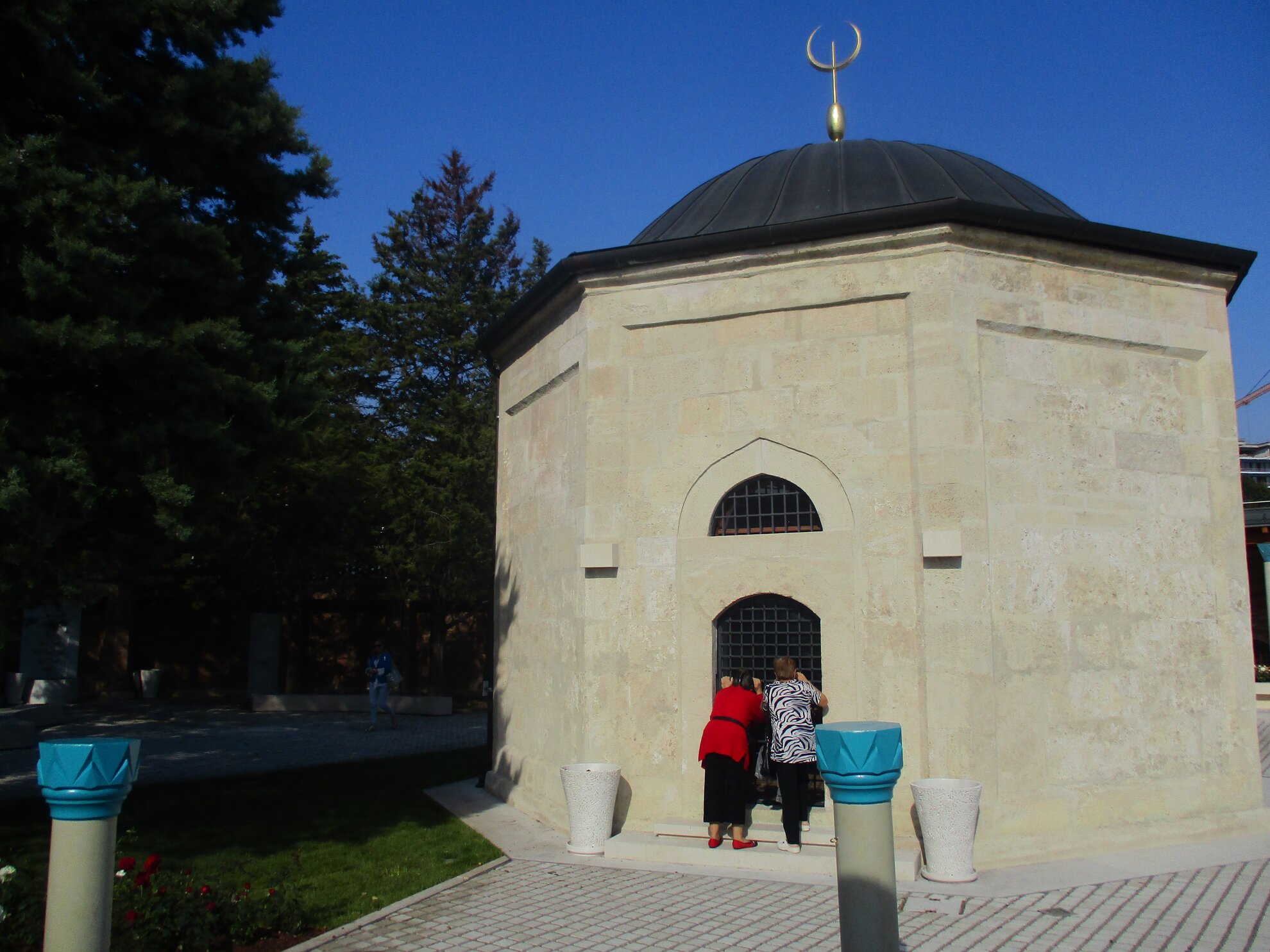
At present, no entrance fee is being charged to enter the site or the mausoleum, although a nominal sum may be levied at some stage.
Tomb of Gül Baba
District II. Mecset utca 14
